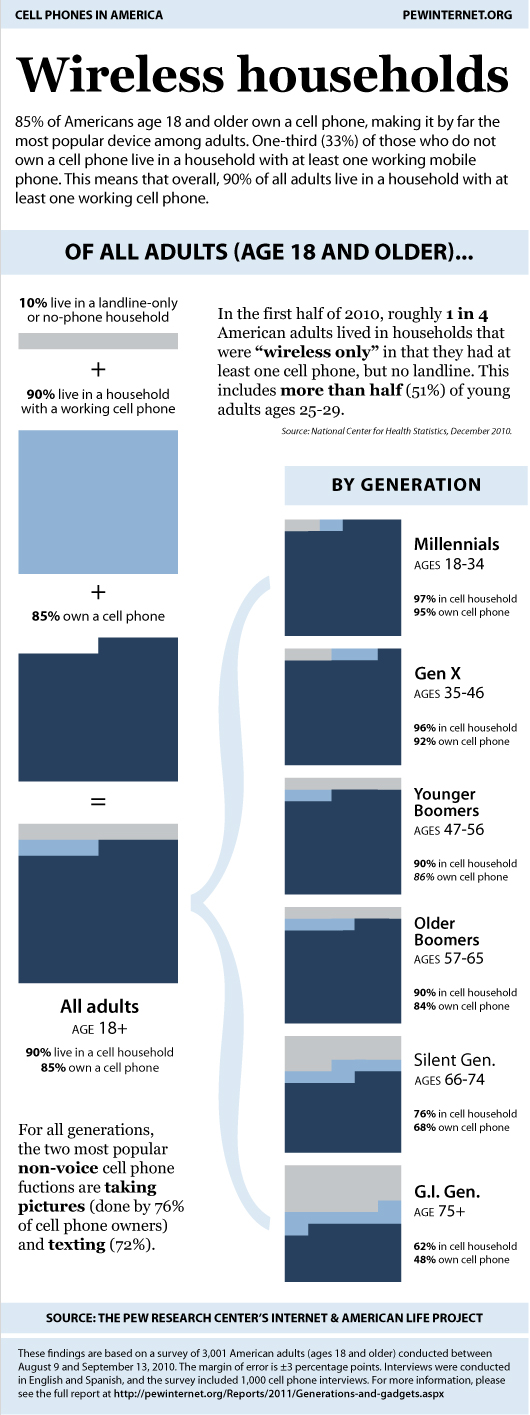- Difference Between 4th And 5th Generation Computer Advantages And Disadvantages
- Difference Between 4th And 5th Generation Computers
- Difference Between 4th And 5th Generation Computer Name
Fourth Generation vs Fifth Generation Programming Languages (4GL vs 5GL)
Difference Between 4th And 5th Generation Computer Advantages And Disadvantages
A programming language is a non-natural language used to present the computations that a machine can perform. Very first programming languages (often called 1st generation languages or 1GL) were mere machine code consisting of 1’s and 0’s. Programming languages have evolved tremendously over the past few decades. Programming languages are classified (or grouped) together as 1st generation programming languages to 5th generation programming languages depending on common characteristics or attributes of the languages. This evolution made the programming languages friendlier to humans than to machines. Fourth generation programming languages (4GL) are the languages which are developed with a specific goal in mind like developing commercial business applications. 4GL followed 3GL (3rd generation programming languages, which were the first high-level languages) and are closer to the human readable form and are more abstract. Fifth generation programming languages (which followed 4GL) are programming languages that allow programmers to solve problems by defining certain constraints as opposed to writing a specific algorithm.

The reduced complexity of fourth generation languages has also increased the number of professionals who can take part in software development. Most 4GLs are associated with data processing and databases; they reflect the language used by domain professionals to formulate business processing sequences and rules, thus facilitating the efficient. 1) The fourth generation computers have microprocessor-based systems. 2) They are the cheapest among all the computer generation. 3) The speed, accuracy and reliability of the computers were improved in fourth generation computers. 4) Many high-level languages were developed in the fourth generation such as COBOL, FORTRAN, BASIC, PASCAL and C.

Html gallery page creator. What are Fourth Generation Programming Languages?
Generation in computer terminology is a change in technology a computer is/was being used. Initially, the generation term was used to distinguish between varying hardware technologies. Nowadays, generation includes both hardware and software, which together make up an entire computer system. Featured computers of the fifth generation of computers. The most outstanding computer of the fifth generation of computers was the PC or laptop, following the approach of not only producing machinery at an industrial level but also, a tool for daily use. It was generated and produced by the International Business Machines Corporation (IBM.

Fourth generation programming languages are designed to achieve a specific goal (such as to develop commercial business applications). 4GL preceded 3rd generation programming languages (which were already very user friendly). 4GL surpassed 3GL in user-friendliness and its higher level of abstraction. This is achieved through the use of words (or phrases) that are very close to English language, and sometimes using graphical constructs such as icons, interfaces and symbols. By designing the languages according to the needs of the domains, it makes it very efficient to program in 4GL. Furthermore, 4GL rapidly expanded the number of professionals who engage in application development. Many fourth generation programming languages are targeted towards processing data and handling databases, and are based on SQL.
What are Fifth Generation Programming Languages?
Fifth generation programming languages (which followed 4GL) are programming languages that allow programmers to solve problems by defining certain constraints as opposed to writing an algorithm. This means that 5GL can be used to solve problems without a programmer. Because of this reason, 5GL are used in AI (Artificial Intelligence) research. Many constraint-based languages, logic programming languages and some of the declarative languages are identified as 5GL. Prolog and Lisp are the most widely used 5GL for AI applications. In the early 90’s when the 5GL came out, it was believed they would become the future of programming. However, after realizing that the most crucial step (defining constraints) still needs human intervention, the initial high expectations were lowered.
Difference Between 4th And 5th Generation Computers
What is the difference between Fourth Generation and Fifth Generation Programming Languages (4GL and 5GL)?
Fourth generation programming languages are designed for a specific application domain, while fifth generation programming languages are deigned to allow computers to solve problems by themselves. 4GL programmers need to specify the algorithm in order to solve a problem, whereas 5GL programmers only need to define the problem and constraints that need to be satisfied. 4GL are mainly used in data processing and database handling applications, while 5GL are mostly used for problem solving in AI field.